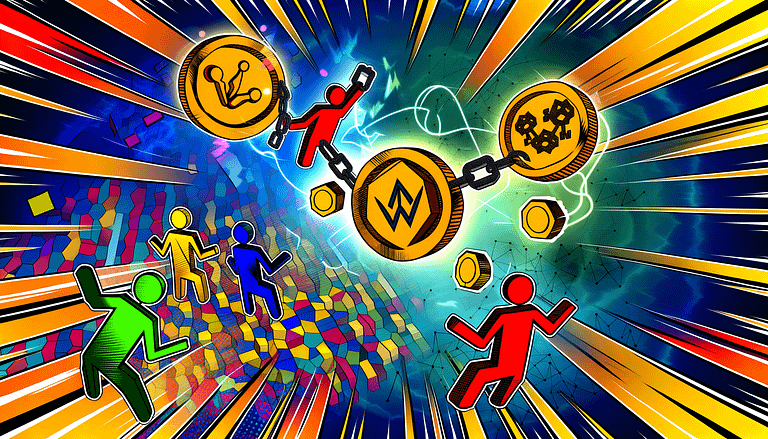Polkadot Proposes Faster Unstaking: 28 Days to 2
In A Nutshell
The Web3 Foundation (W3F) has proposed a significant change to the Polkadot network, aiming to reduce the unstaking time for staked tokens from the current 28 days to merely two days. This adjustment, outlined in the Request for Comments (RFC)-0092 proposal, seeks to enhance user experience by providing greater liquidity and flexibility without compromising the security integrity of the network.
Understanding the Proposal
Polkadot’s proposed RFC-0092 introduces a dynamic unstaking mechanism that adjusts the unbonding time based on the number of ongoing unbonding requests. At times when the queue is minimal or empty, users could experience an unstaking period as short as two days. However, the design ensures that the unbonding period does not surpass the original 28-day timeframe, maintaining a balance between user convenience and network security.
The Need for Change
Polkadot currently stands out for its lengthy unstaking period compared to other proof-of-stake (PoS) platforms, which can deter potential users looking for more liquidity from their investments. The extended unbonding period presents challenges not only for users wishing to reallocate or consolidate their holdings but also limits participation from those who value liquidity highly. This proposal addresses these concerns directly, aiming to make Polkadot a more attractive option for both current and prospective stakeholders.
Impact of Reduced Unstaking Time
A simulation accompanying the RFC-0092 proposal has demonstrated promising results. The analysis predicts the average unstaking time could reduce to approximately 2.67 days under the new system, significantly increasing the platform’s competitiveness and attractiveness. Importantly, the proposed changes are designed to maintain network security and integrity, ensuring that the Polkadot ecosystem remains robust and secure.
Our Take
The RFC-0092 proposal by the W3F represents a forward-thinking adjustment to the Polkadot network, potentially revolutionizing its staking mechanism. By reducing the unstaking period, Polkadot not only enhances its appeal to a broader audience but also aligns itself with the evolving needs of the crypto community who demand more flexibility and liquidity from their investments. Should this proposal be implemented, it could mark a significant turning point for Polkadot, fostering growth and participation in its network. However, the success of this initiative will largely depend on its execution and the network’s ability to maintain security and stability amidst these changes.







